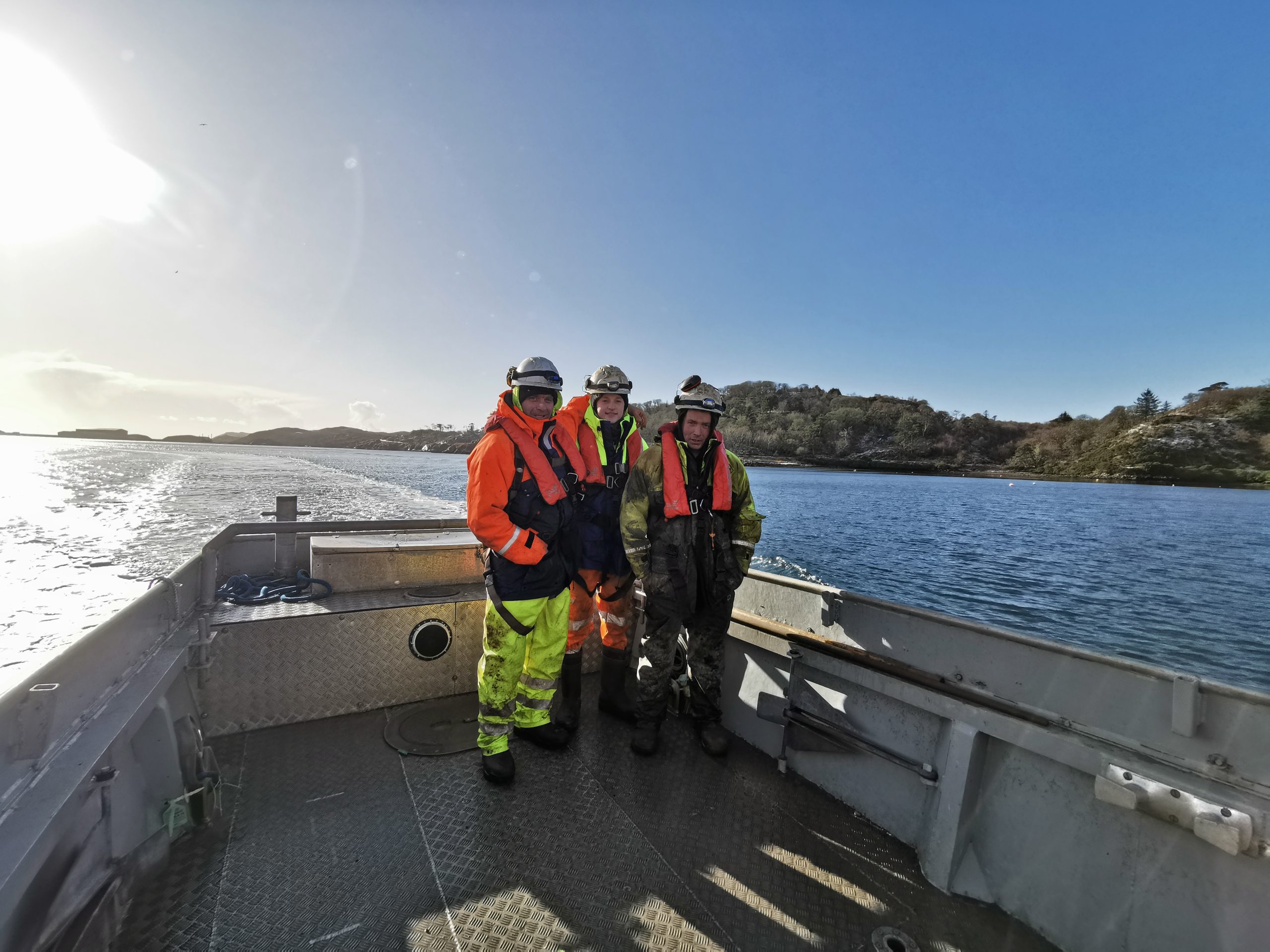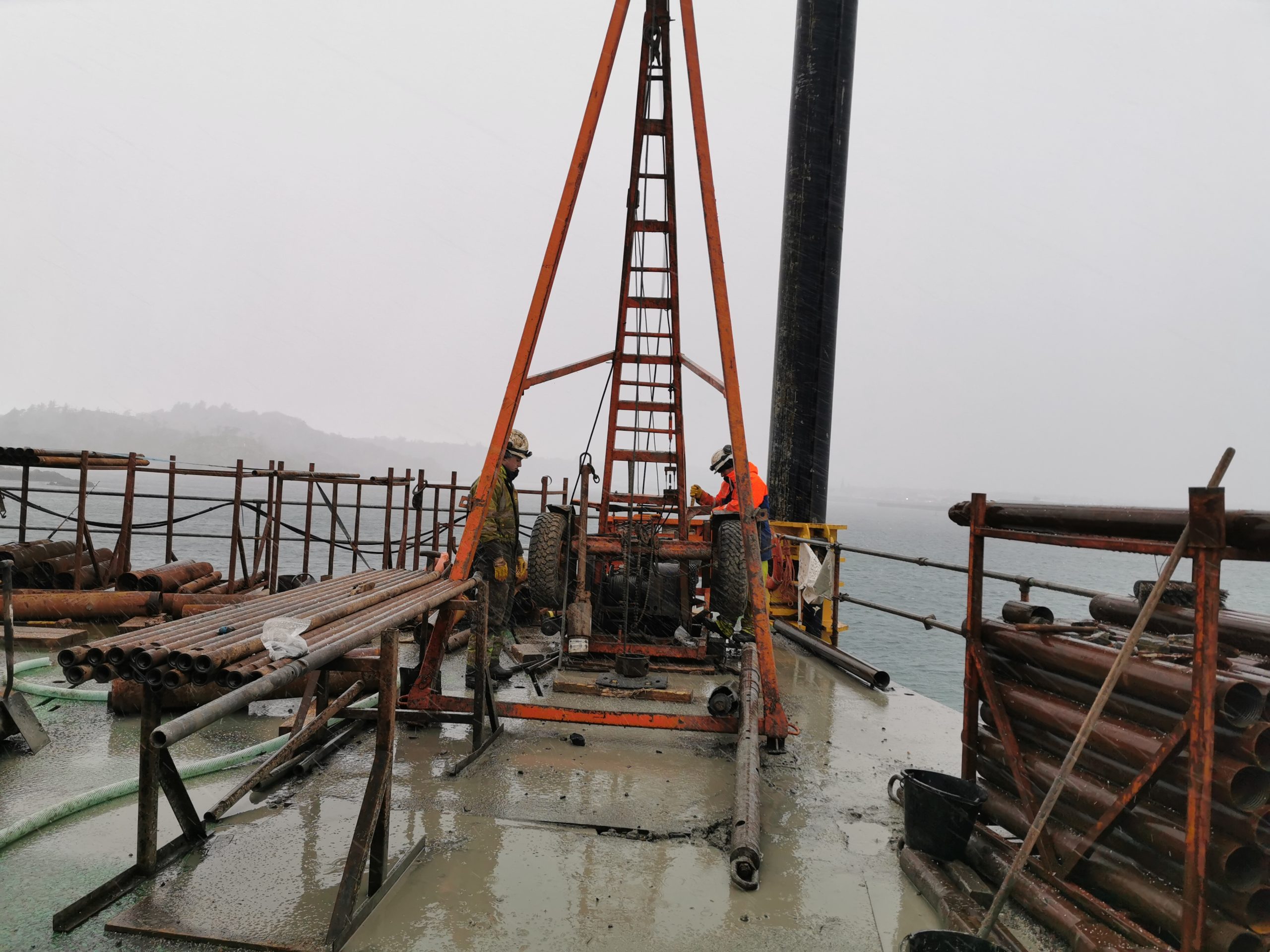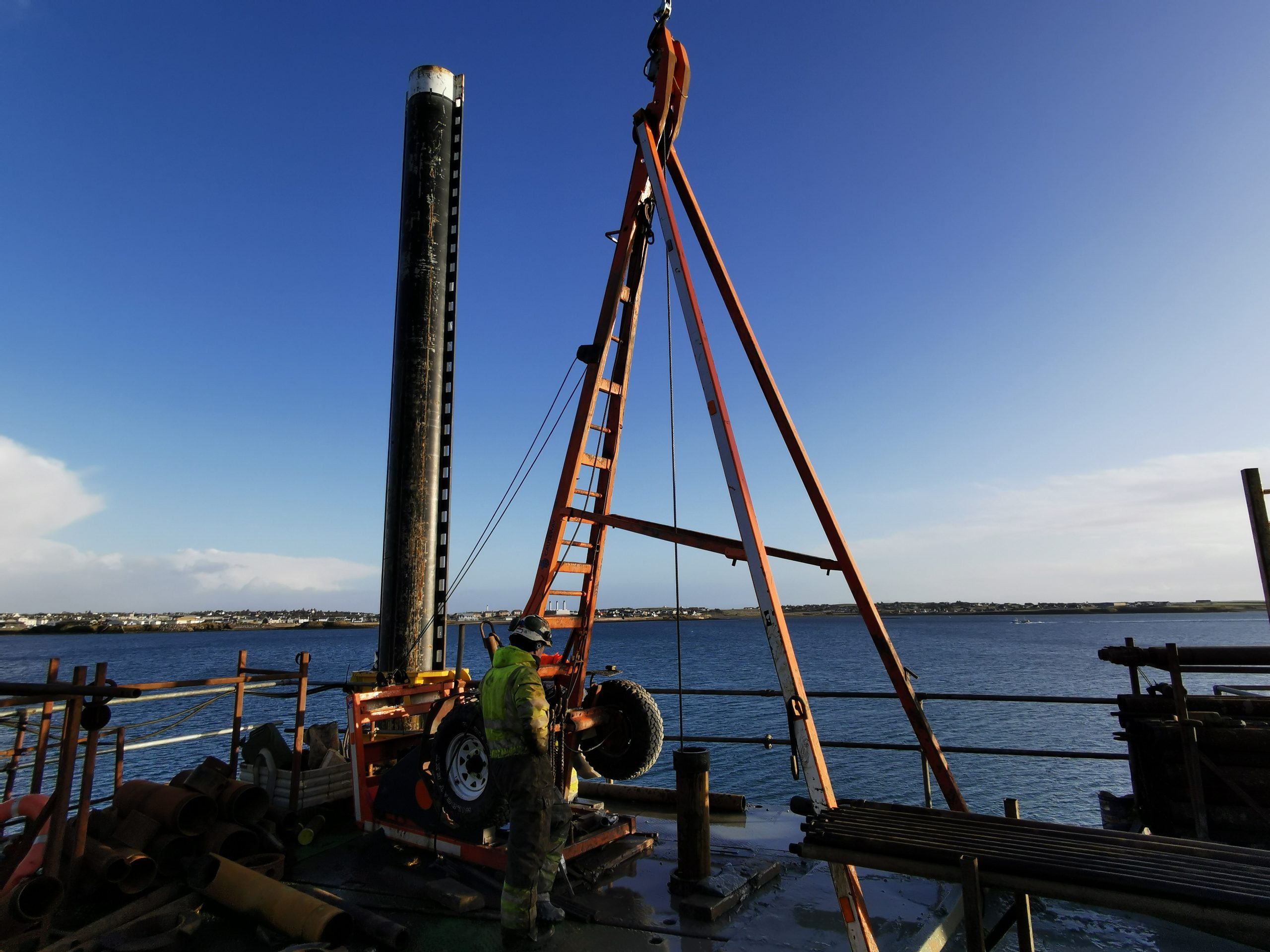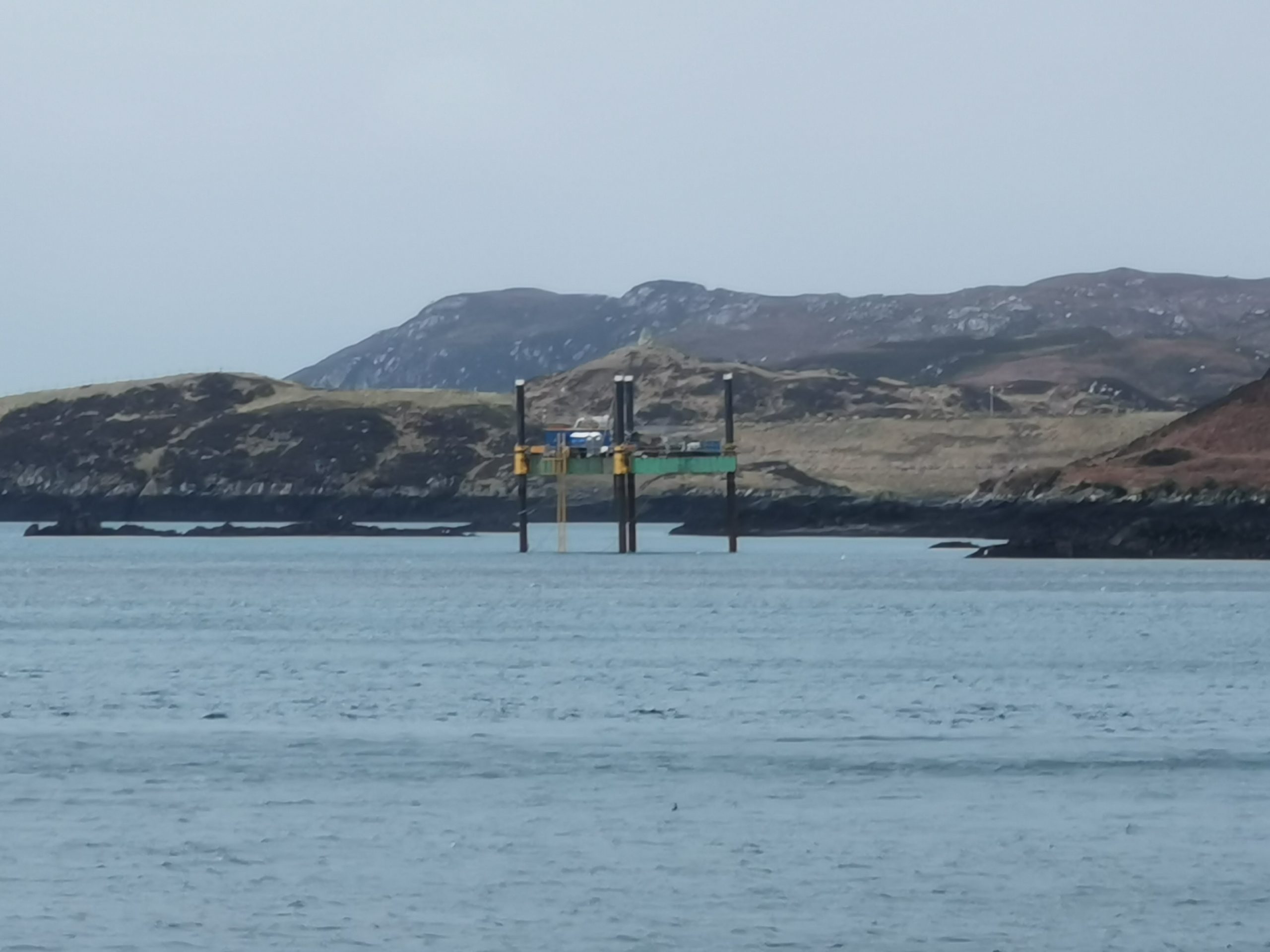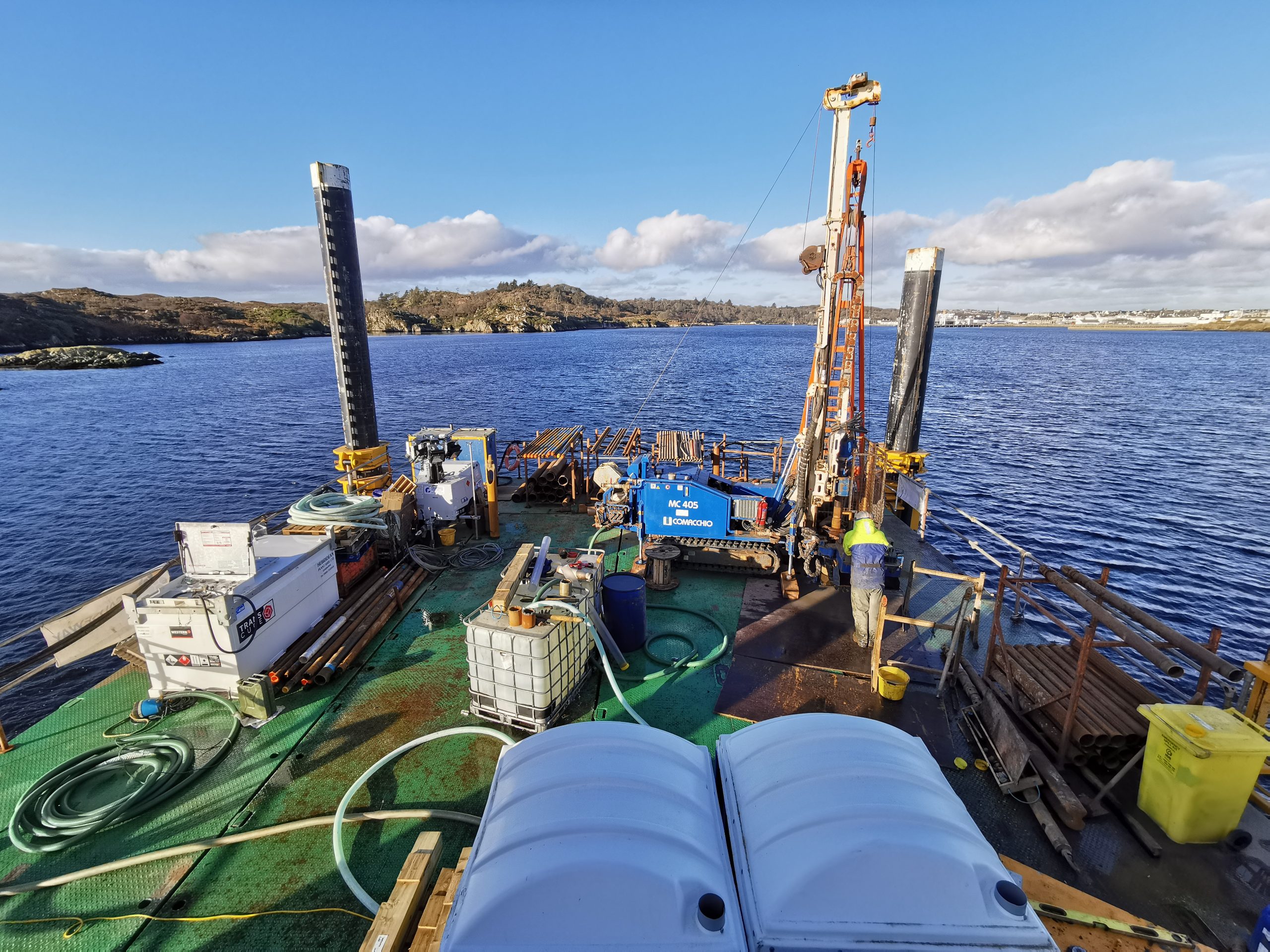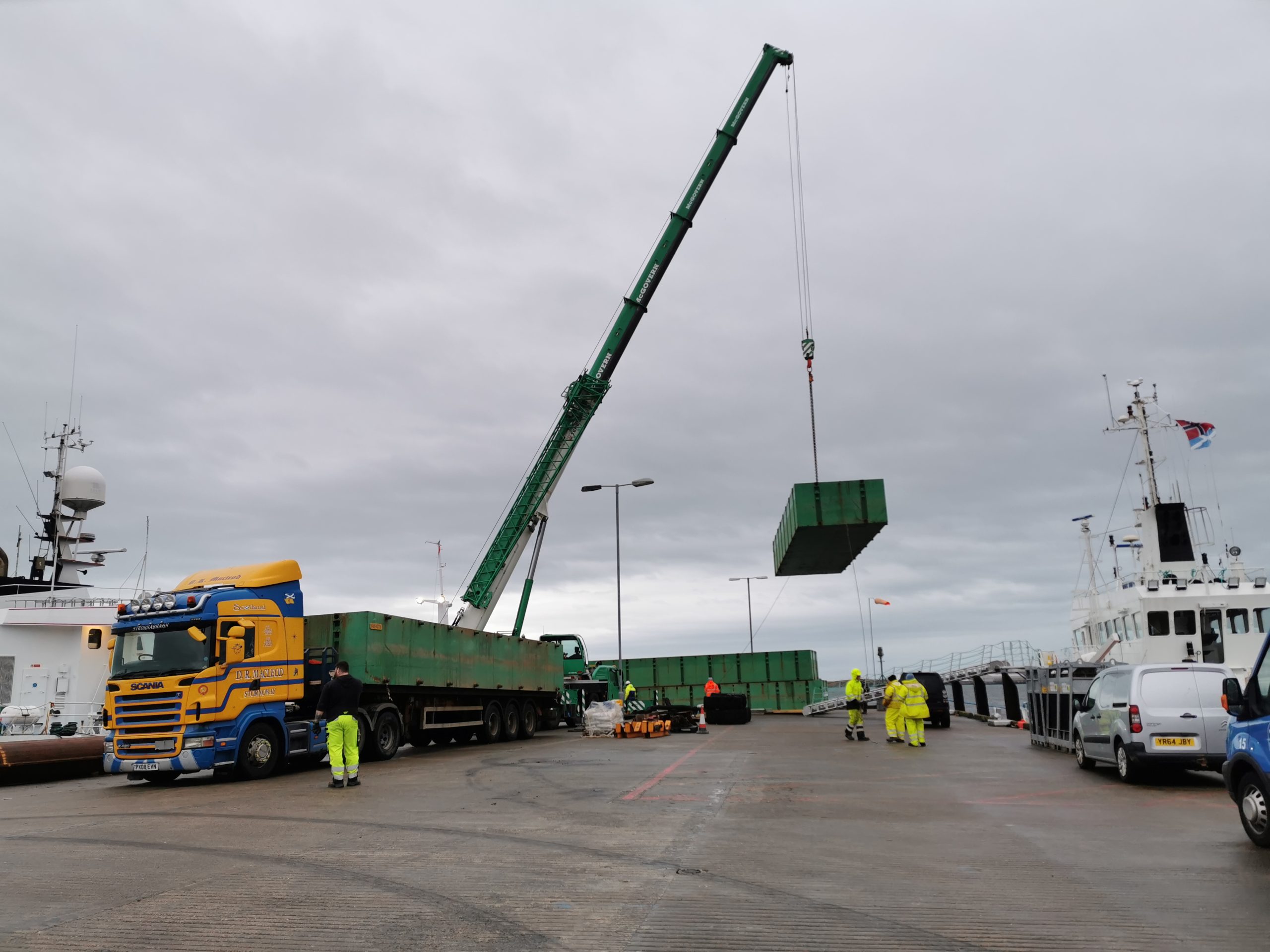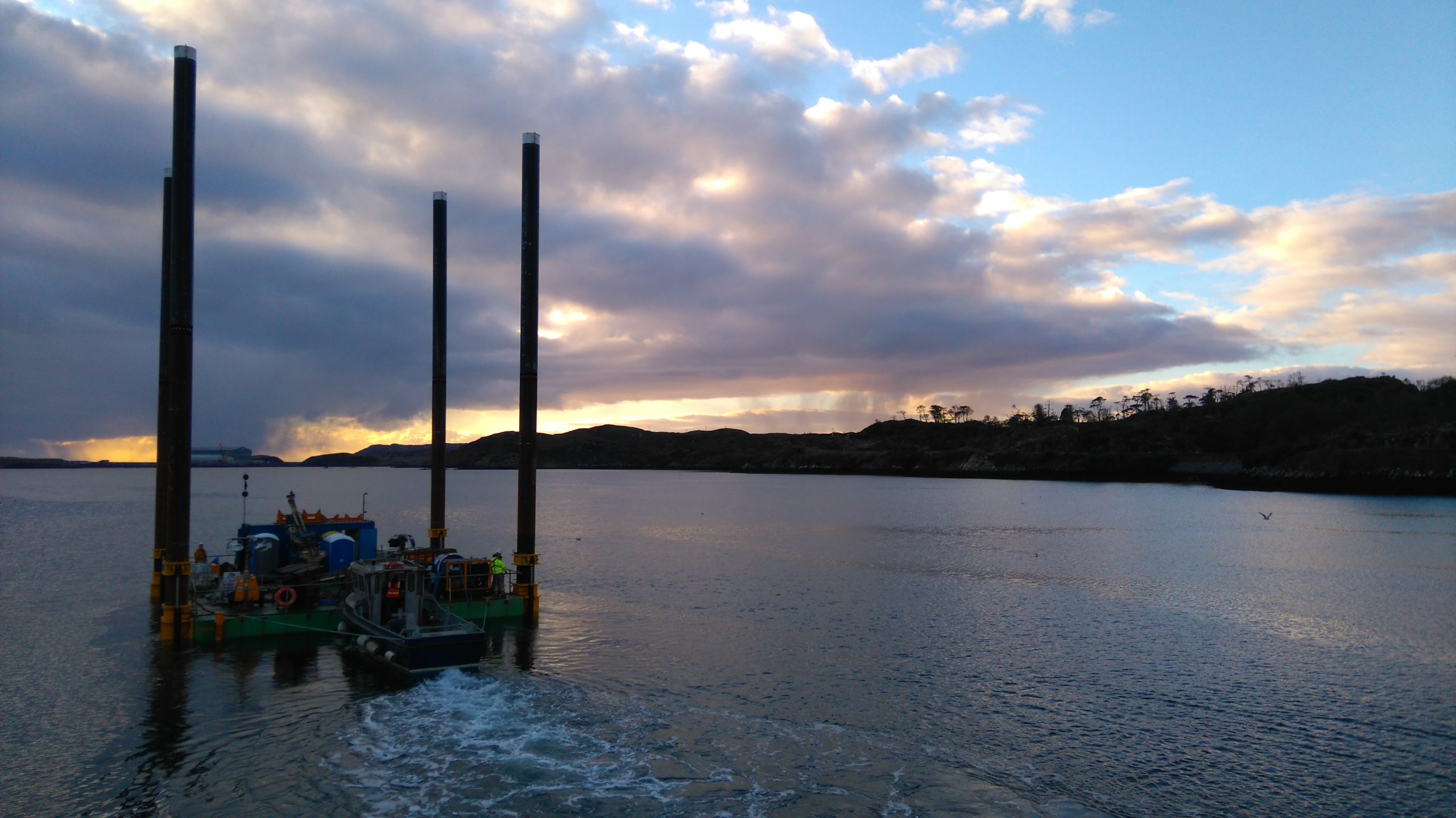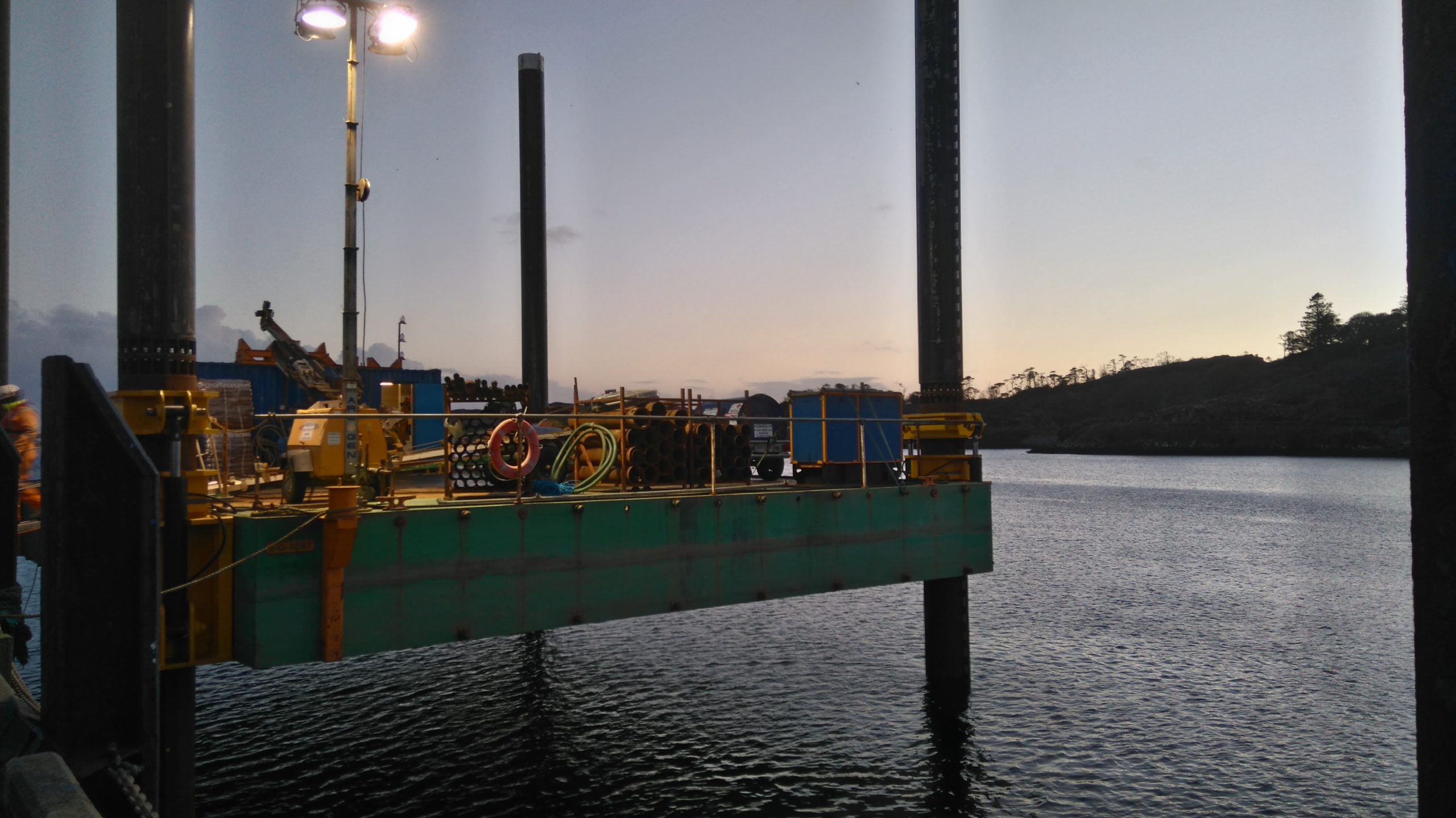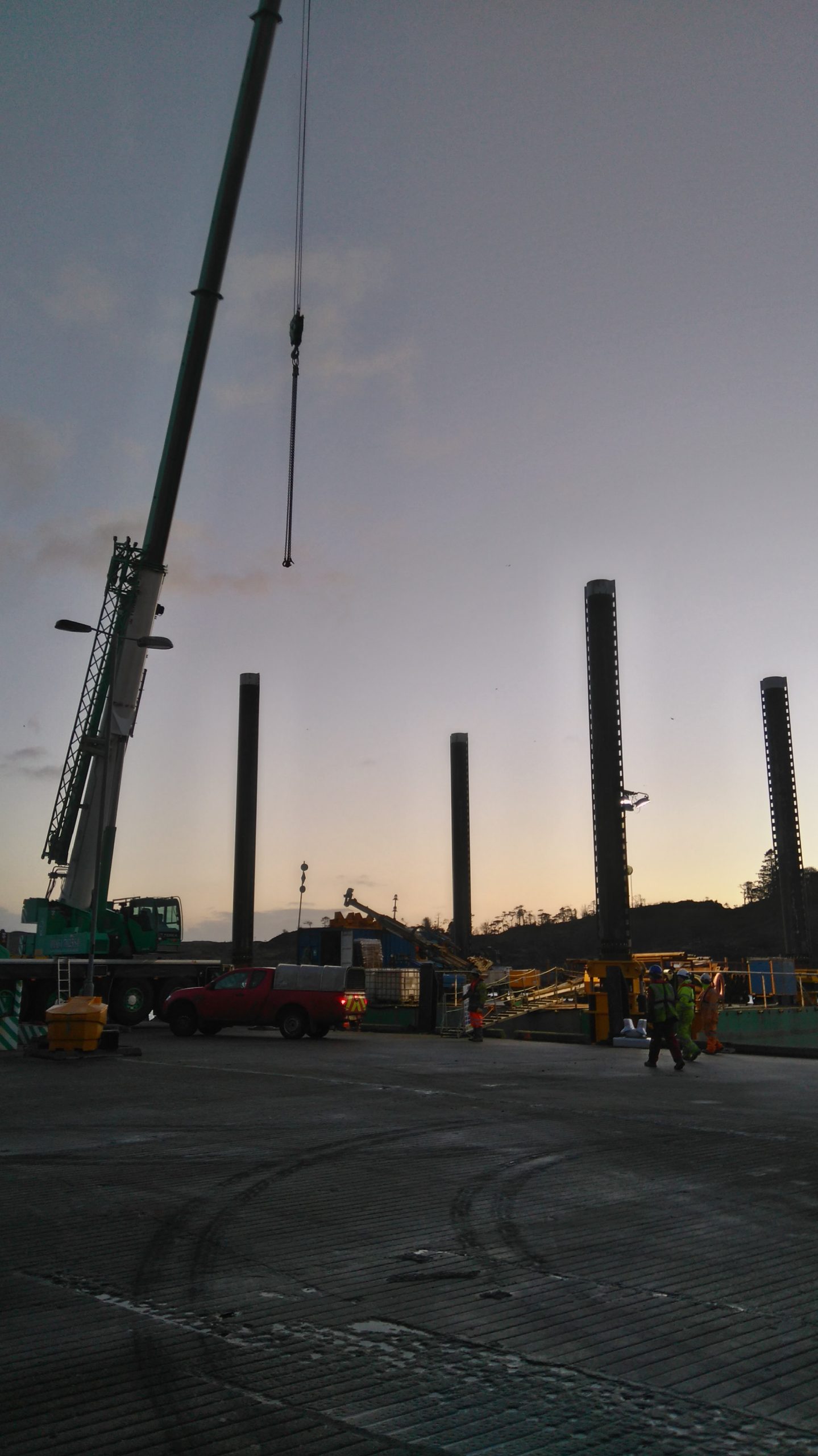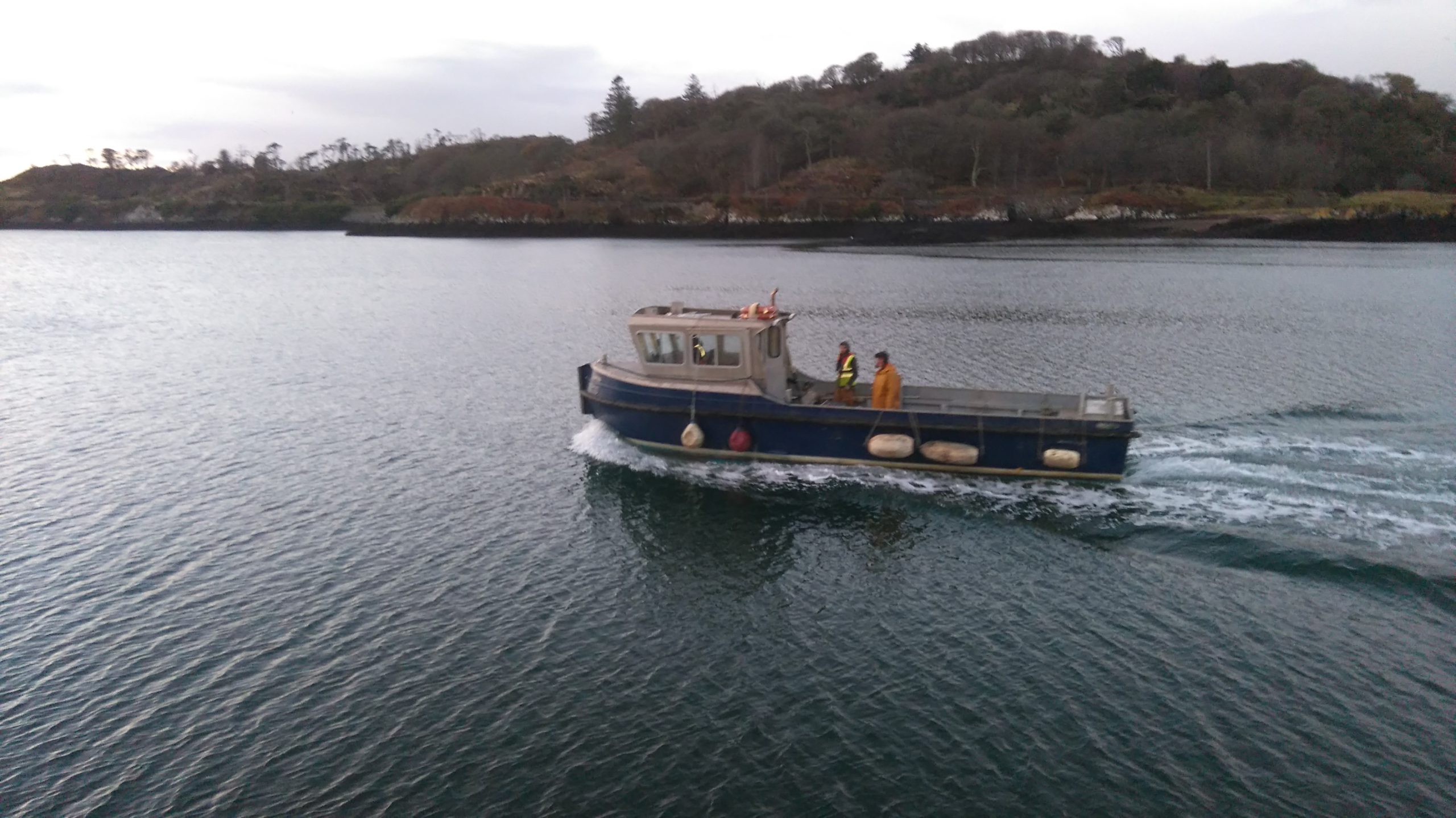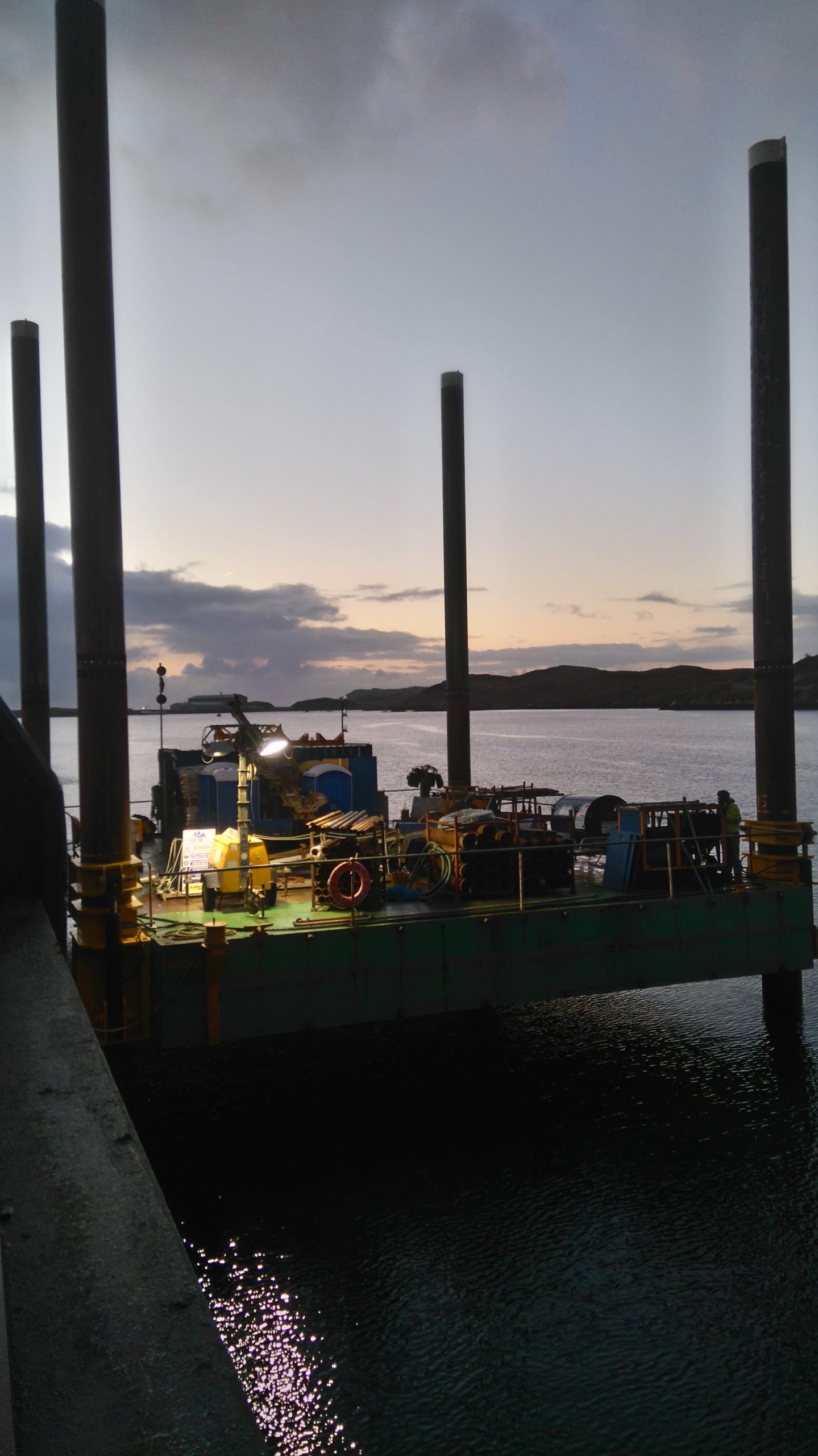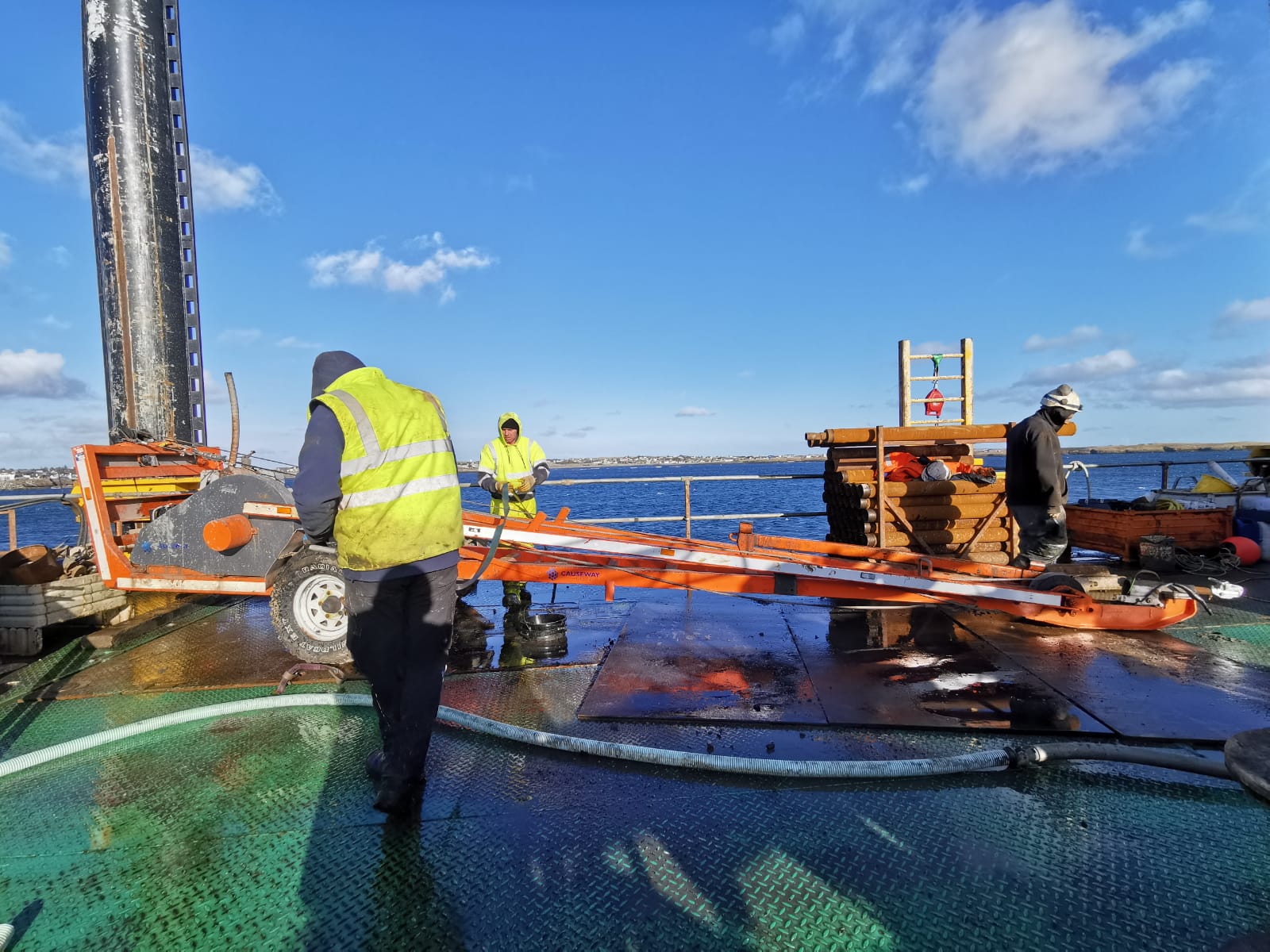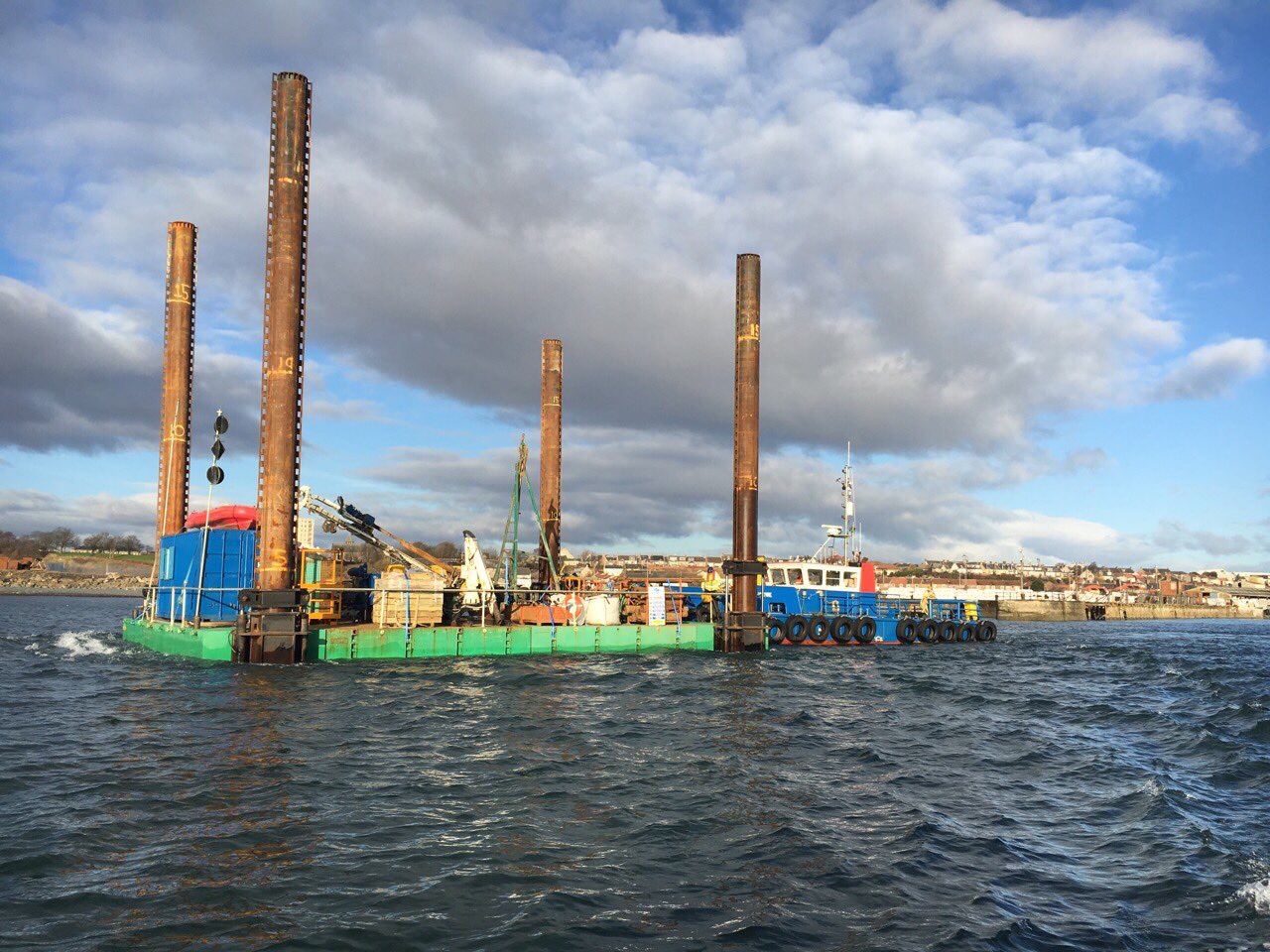Client
Stornoway Port Authority
Designer
Wallace Stone Consulting Engineers
Site Operations
November 2017 – February 2020 (4 phases, 3 Marine and 1 Land)
Project Summary
Causeway Geotech were appointed by Stornoway Port Authority to carry out three phases of marine and one phase of land investigation works for the provision of geotechnical and environmental information to characterise ground conditions and inform the design of the new Stornoway Deep Water Port.
Works were carried out under the supervision of Site Engineers from Causeway Geotech who liaised with the Client and Designers as required. Overwater works were carried out on a 24/7 basis to expedite delivery of the site works programmes with Causeway Geotech providing factual and Interpretive ground investigation reports.
Through the development of strong relations with both the Designers and the Client, we have provided technical and operational guidance as the ground model has evolved. This has established a level of mutual trust leading to follow-up work which speaks volumes for the performance of our site crews, our subcontractors and the background support team.
Project Scope
over water boreholes by sonic drilling and Geobor S wireline coring
month period
cone penetration tests
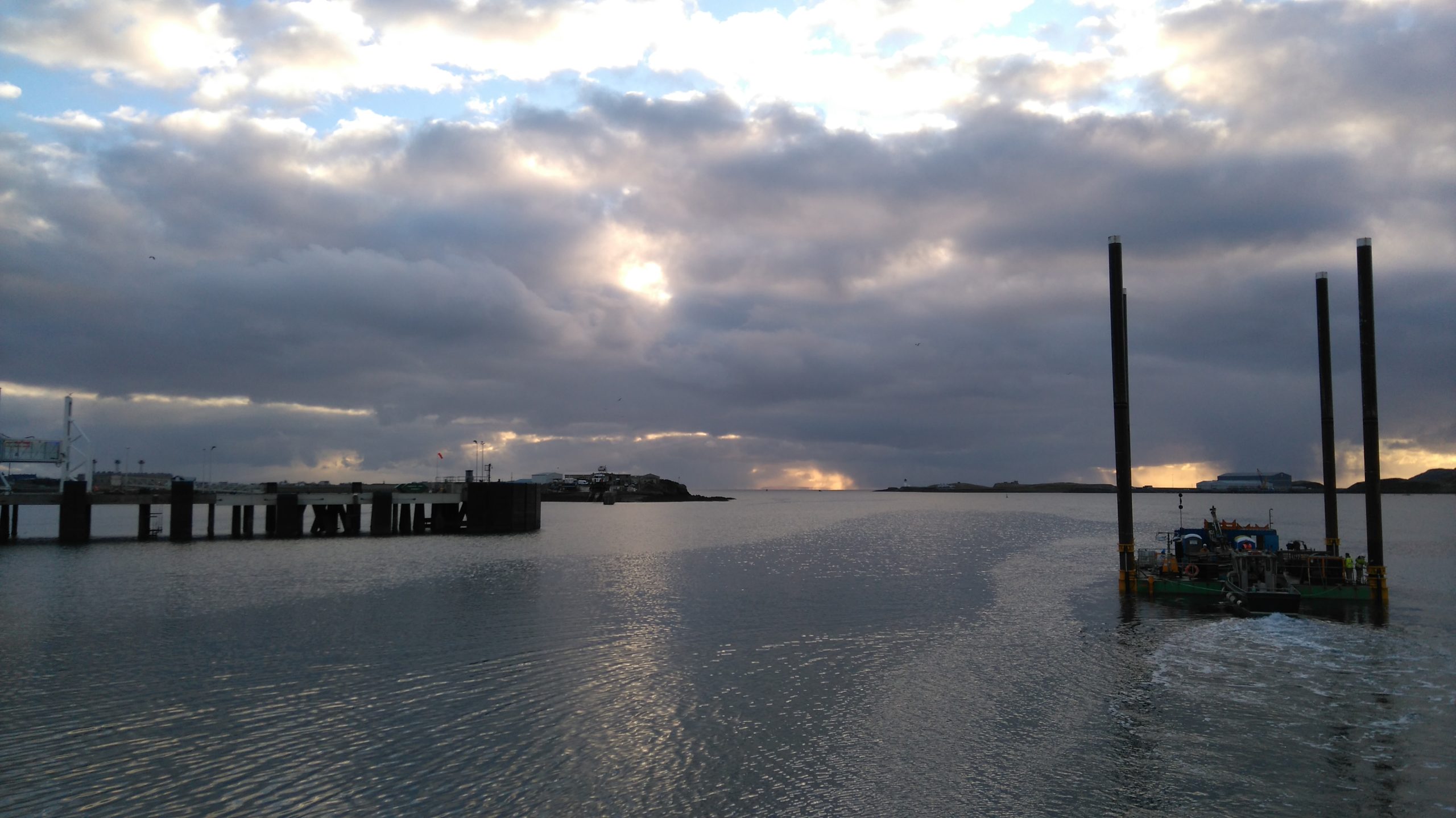
Marine Phases
Theses were carried out in three separate investigations over a 27-month period.
- In total 64 over water boreholes were sunk by a combination of cable percussion boring, Geobor S wireline coring, and conventional coring for the proposed new Deep Water Port site.
- Eight Cone Penetration Tests were carried out in areas which exhibited softer material at depth along the proposed quay wall alignment.
- Causeway Geotech used a C5 jack-up barge supplied by Ocean Crest Marine to carry out over water works, providing Piston and Environmental sampling of the soft sediments for Marine Scotland dredge analyses
Land Phase
The land investigation included:
- 10 boreholes by rotary percussion, Geobor S wireline coring, and conventional coring techniques to inform the extent of blasting required on the hillside above the site.
- Russian Peat coring and sampling of the peat deposits were completed for use in future peat landslide/stabilisation assessments.
